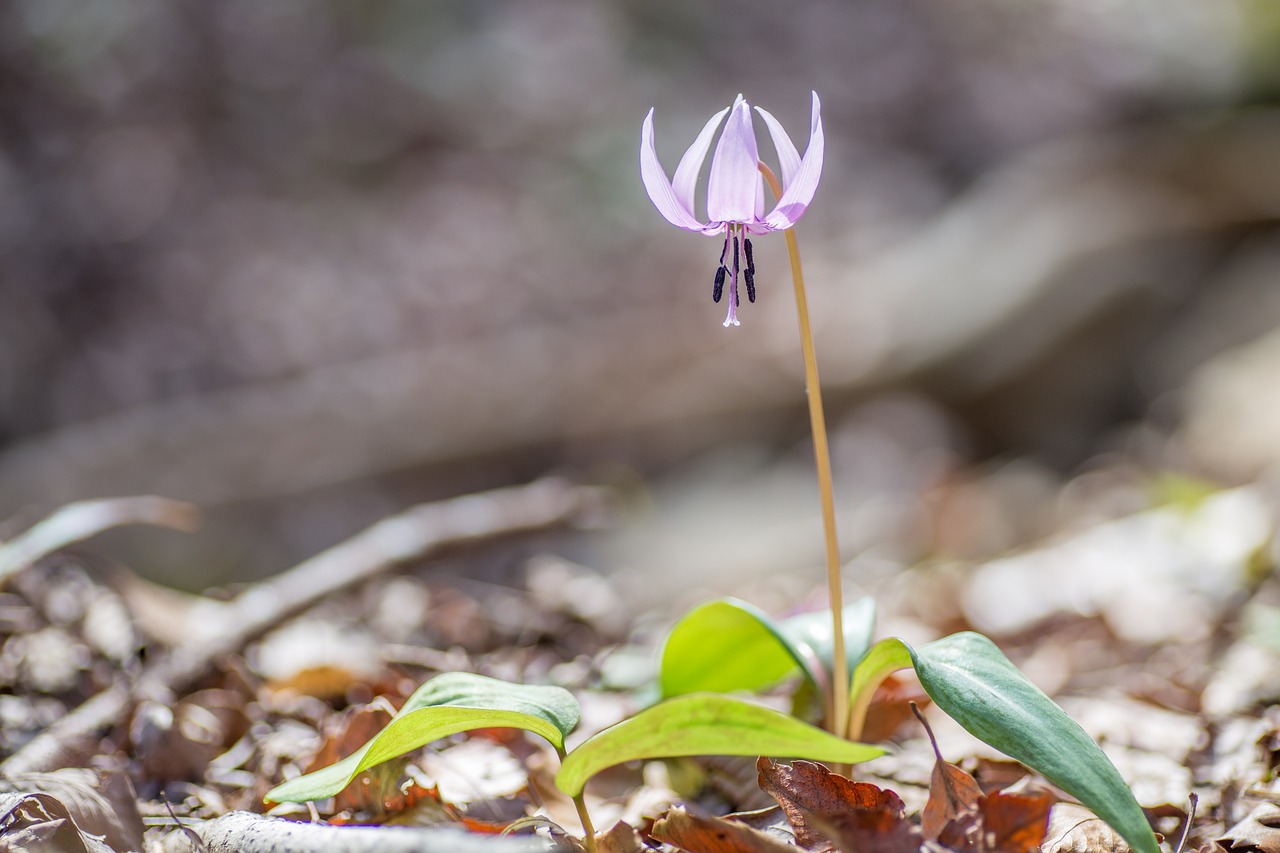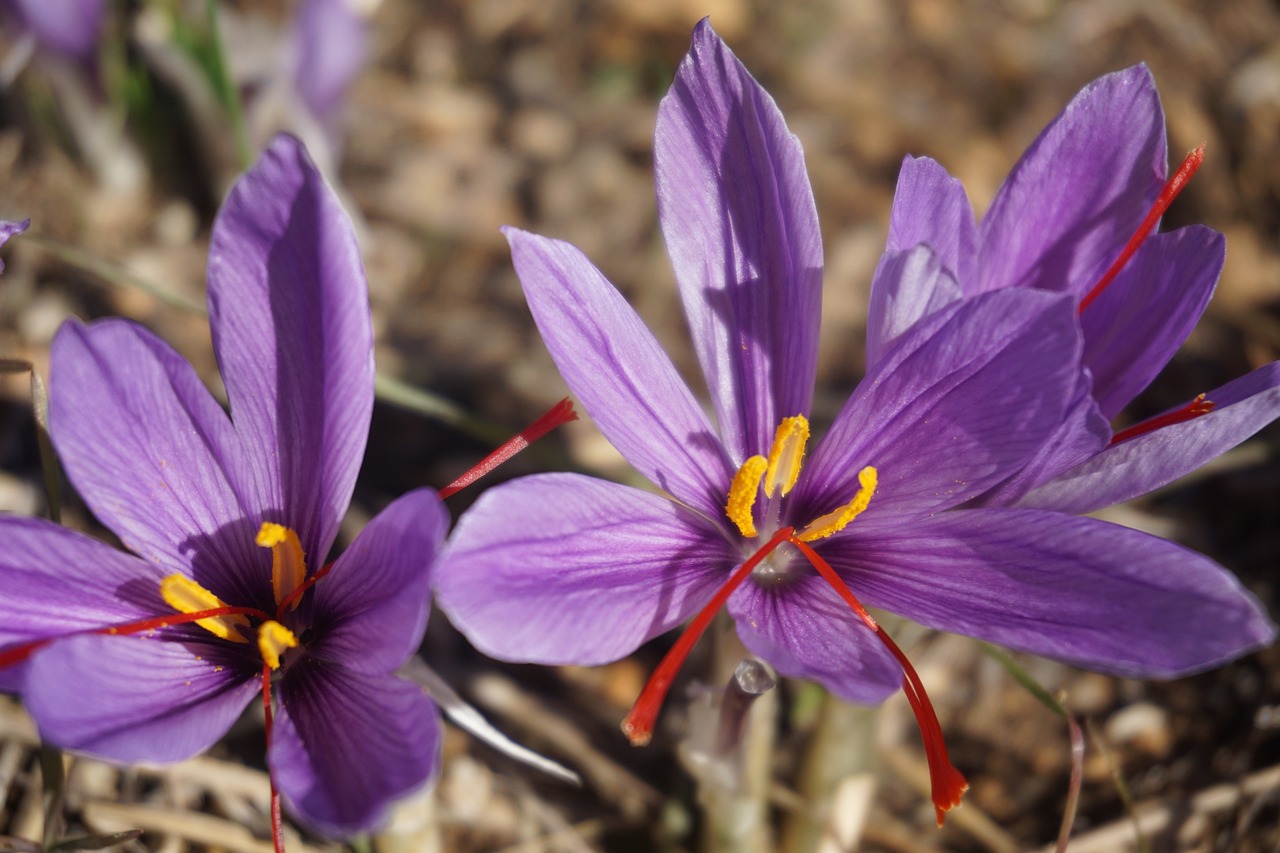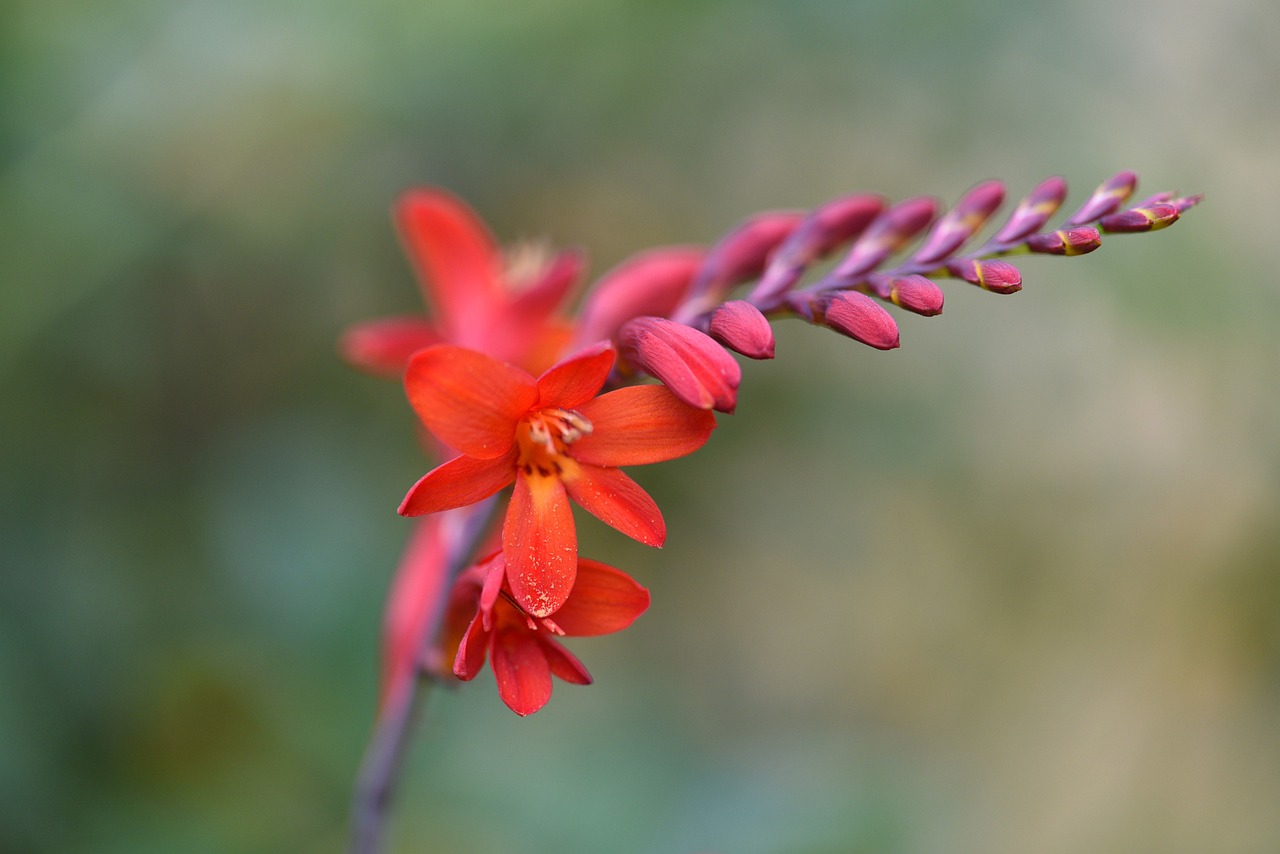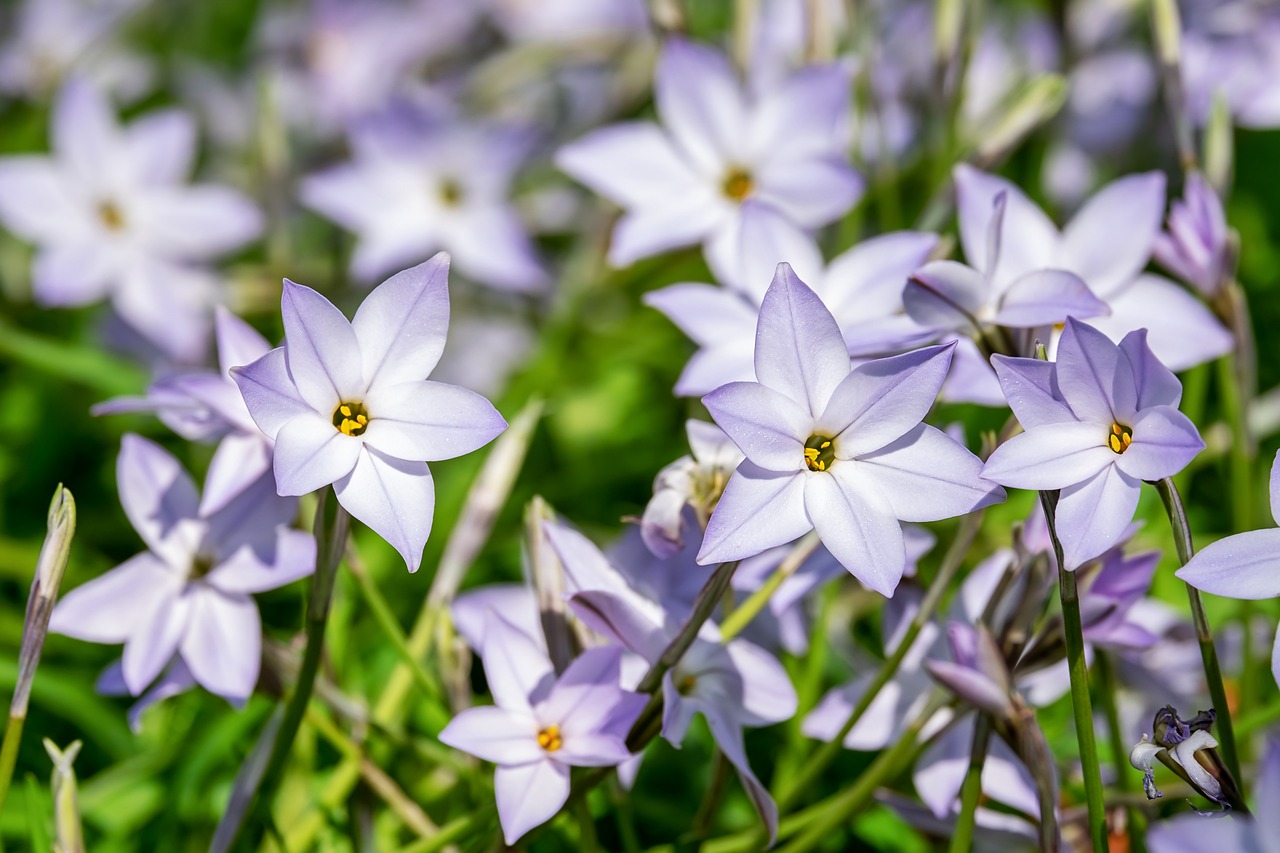Ixia | A Flower of Vivid Colors Nurtured by the Sun of South Africa
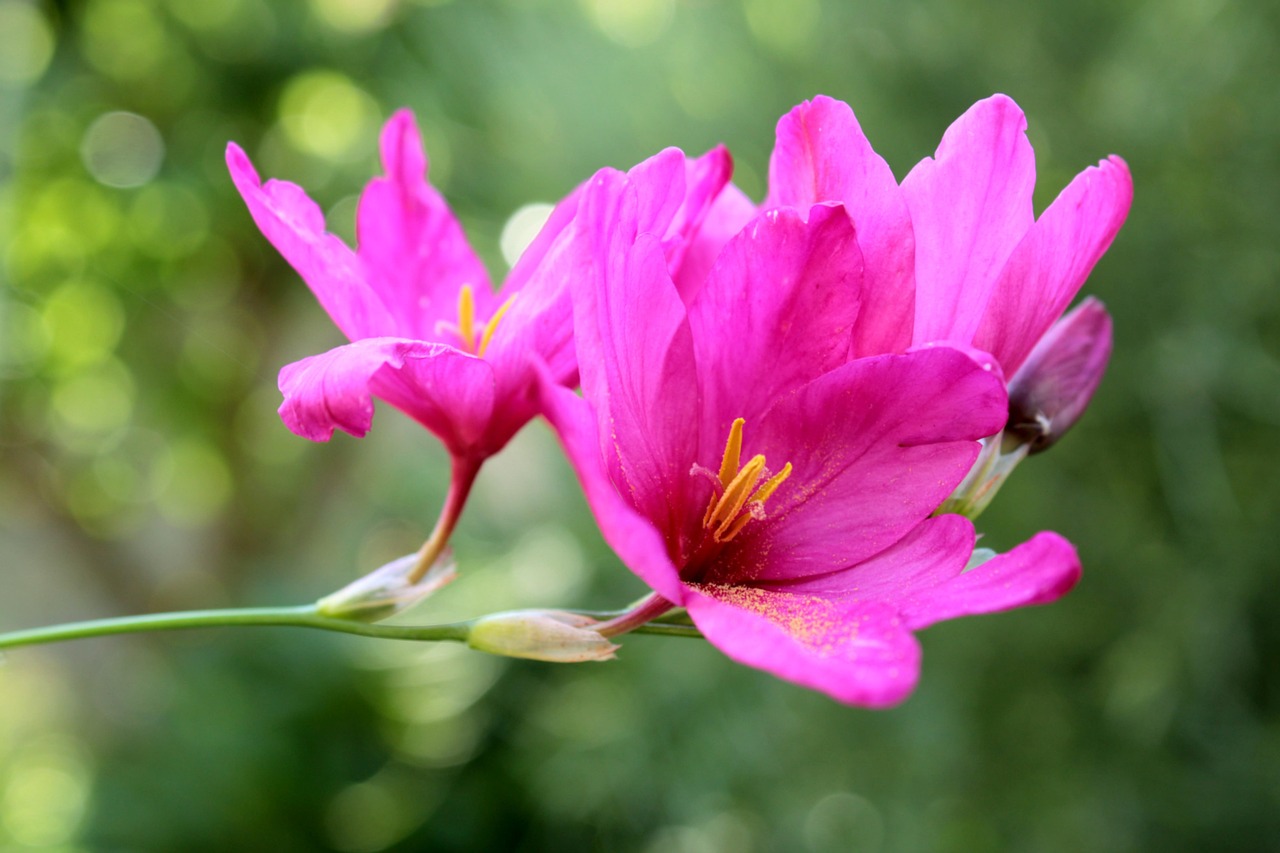
Ixia is a bulbous plant that produces brilliant, star-shaped flowers. Native to South Africa, it blooms from spring to early summer with colorful blossoms and is well-suited for cultivation in flower beds and pots.
In this article, I will explain in detail the basic information about Ixia, its cultural and historical background, and tips for successful cultivation.
Basic Information
- Scientific name: Ixia
- Family: Iridaceae
- Origin: South Africa
- Appearance: Ixia produces numerous bright flowers at the tips of slender stems. The flowers come in a variety of colors, including red, pink, orange, yellow, white, and blue, often with a dark or black center. The leaves are narrow and linear in shape.
- Blooming season: April to June, and in warmer regions, the flowers can be enjoyed from early spring.
Cultural Significance Around the World
Ixia has long been cultivated as an ornamental plant for its striking floral display.
In South Africa, it is cherished as part of the native fynbos landscape, coloring the scenery with wild blossoms.
In Europe, it was introduced in the 18th century and planted in gardens and parks.
In France and the United Kingdom, it became a valued element of garden design, often used as a colorful accent in borders and prized as a cut flower.
In Australia and the United States, it is widely used for dried flowers and floral arrangements, gaining popularity as a decorative highlight.
Historical Anecdotes
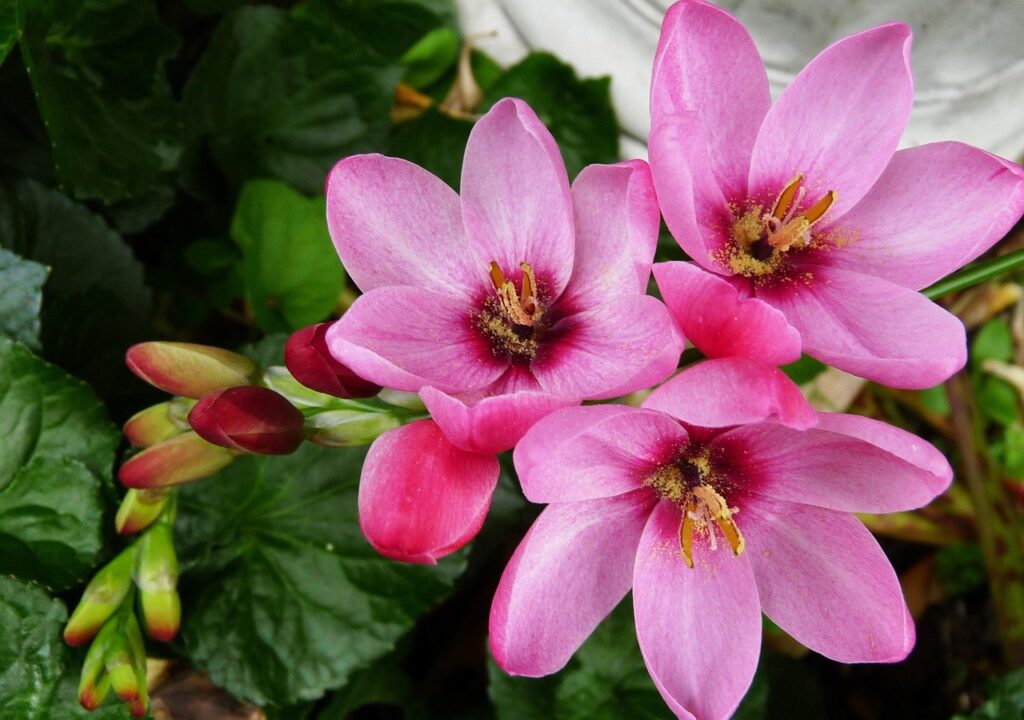
Ixia was brought from South Africa to Europe in the 18th century.
It was introduced by plant collectors and explorers of the time and soon cultivated in British botanical gardens and aristocratic estates.
In the 19th century, hybridization produced a variety of cultivars, enhancing its ornamental value.
During the Victorian era in Britain, interest in exotic plants flourished, and greenhouse cultivation became widespread. Thanks to its vivid colors and distinctive form, Ixia was highly esteemed in horticultural circles of the time.
Gardening Advice
Ixia is relatively easy to grow and offers brilliant flowers. Below are key points for successful cultivation:
Sunlight
Prefers sunny locations. Adequate sunlight enhances the vibrancy of the blooms.
Watering
Water when the soil dries out during the growing season. Avoid excessive moisture to prevent root rot.
Soil
Well-drained sandy soil is ideal. For potted cultivation, use a mix with pumice or perlite.
Fertilizer
Apply a phosphorus-rich fertilizer once a month during the growing season to promote blooming. Avoid over-fertilization.
Planting
Plant bulbs in autumn, at a depth of about 5 cm and spaced around 10 cm apart.
Overwintering
As Ixia has low cold tolerance, it is best to grow it in pots and keep it indoors in cold regions, or to lift and store the bulbs.
Conclusion
Ixia is a bulbous plant native to South Africa, blooming with vivid, star-shaped flowers from spring to early summer.
With its many blossoms adorning slender stems, it is popular as an accent in flower beds and pots. Introduced to Europe in the 18th century, it came to be cultivated in gardens and greenhouses.
By providing ample sunlight and well-drained soil, you can enjoy its beautiful flowers for a long time.


